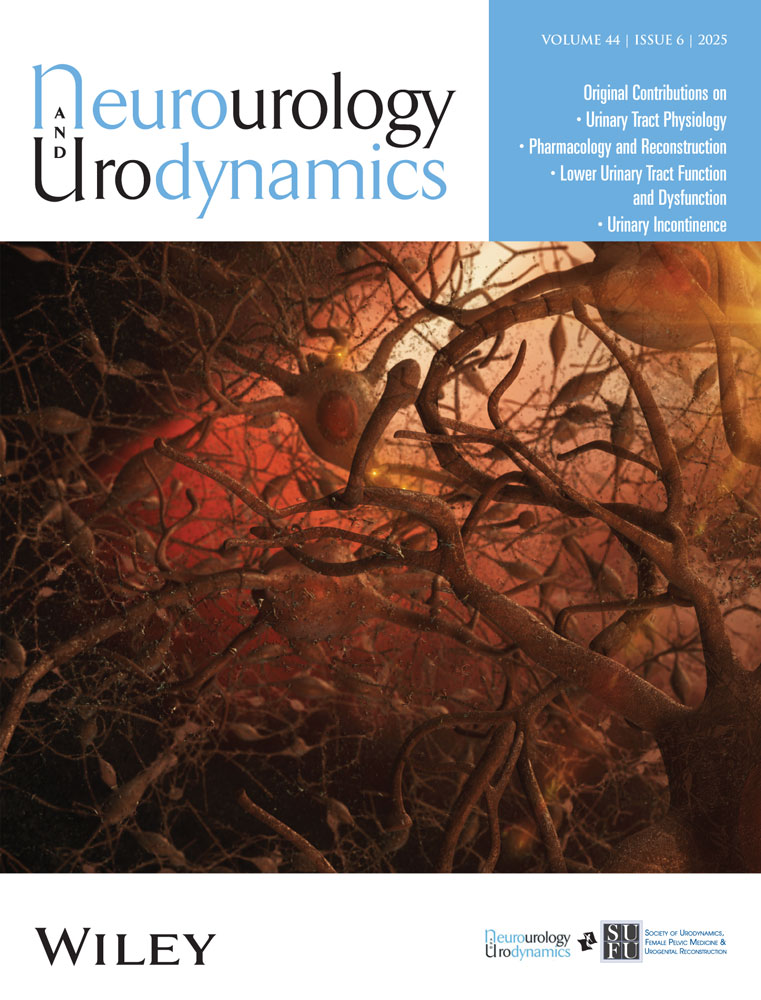Diagnostic Performances of Patient's Interview, Uroflowmetry Alone and Uroflowmetry Paired With Electromyography as Screening Tools to Identify Straining to Void
ABSTRACT
Aims
To assess the diagnostic performances of patient's interview, final uroflowmetry alone and final uroflowmetry paired with rectus abdominis muscle electromyography (EMG) as screening tools to identify straining to void.
Methods
All consecutive patients who underwent a multi-channel urodynamic study to explore filling phase disorders - including final uroflowmetry associated with intrarectal pressure monitoring - between 2020 and 2021 in our department of urology were considered eligible. Intrarectal pressure curves (gold-standard) were examined by two senior urologists and a continence nurse to determine by consensus the presence of straining to void. The final uroflowmetry curves and final uroflowmetry paired with EMG curves were retrospectively submitted for interpretation to 3 groups of urologists with different levels of experience (residents, fellows, seniors). Each group was composed of 3 independent examiners blinded to intrarectal pressure. The diagnostic performances of patient's interview, and the diagnostic performances as well as the inter- and the intra-examiner correlation of final uroflowmetry alone and final uroflowmetry paired with EMG were assessed.
Results
Overall, 282 neurogenic and non-neurogenic patients were included in the present study. The patient's impression to identify straining to void was associated with a sensitivity, a specificity, a predictive positive value (PPV) and a negative predictive value (NPV) of 68.4%, 63.9%, 68.0% and 64.3%, respectively. Final uroflowmetry alone was associated with a sensitivity, a specificity, a PPV and a NPV of 60.4%, 75.1%, 73.1% and 62.8%, respectively. Final uroflowmetry paired with EMG was associated with a sensitivity, a specificity, a PPV and a NPV of 61.3%, 84.9%, 81.6% and 66.8%, respectively. The inter- and intra-examiner agreement of final uroflowmetry alone was reported as moderate to poor, ranging between 0.17 and 0.72 and 0.58–0.79, respectively. The inter- and intra-examiner agreement of final uroflowmetry paired with electromyography was reported as moderate to poor, ranging between 0.26 and 0.73 and 0.59–0.81, respectively.
Conclusion
Patient's interview, final uroflowmetry alone and paired with rectus abdominis muscle EMG, are not reliable enough to be considered as screening tools for straining to void.
Conflicts of Interest
The authors have no conflict of interest to declare.
Open Research
Data Availability Statement
The data that support the findings of this study are available on request from the corresponding author. The data are not publicly available due to privacy or ethical restrictions.




